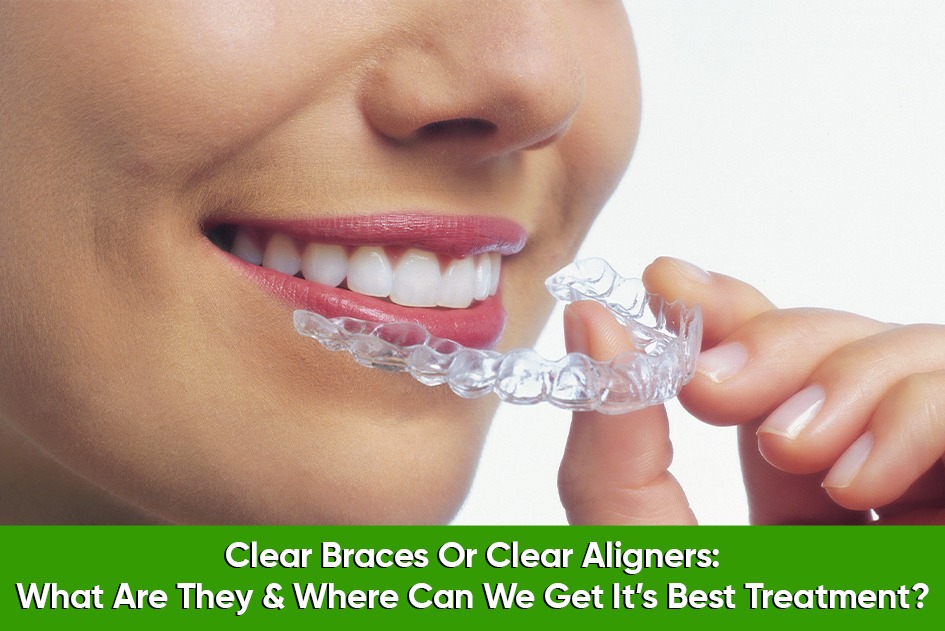Clear braces and clear aligners are both orthodontic treatment options designed to straighten teeth, but they have some key differences.
Clear braces, also known as ceramic braces, are a type of traditional braces that use clear or tooth-colored brackets and wires. They work by applying constant, gentle pressure to the teeth over time, gradually moving them into their proper position. Clear braces are a popular choice among adults, who want a more subtle look than traditional metal braces.
Clear aligners, on the other hand, are a type of invisible braces that use a series of custom-made, clear plastic trays to straighten teeth. These trays, also known as aligners, are worn in sequence, with each one slightly different from the previous one. They are typically worn for about two weeks before moving on to the next one in the series. They work by applying gradual pressure to the teeth, gently moving them into their proper position over time. Clear aligners are a popular choice among adults and teenagers, who want a more discreet option than traditional braces.
Both clear braces and clear aligners are effective at straightening teeth, but they have some notable differences. Clear braces are more visible than clear aligners since they use clear or tooth-coloured brackets and wires. Clear aligners are virtually invisible when worn, which makes them a more discreet option. Clear braces also may require adjustments during treatment, which can cause discomfort and time off work/school. Clear aligners have less frequent appointments and are typically replaced every two weeks making them more convenient.
Another difference between the two is the level of care required. Clear braces need to be cleaned daily, and food can get stuck in the brackets and wires causing tooth decay. Clear aligners need to be removed while eating and should be cleaned after every meal, but the risk of decay is less.
Clear braces and clear aligners also have some similar characteristics, such as both require consistent wear and have the same length of treatment time. Both options are also removable, allowing the patient to take them out for special occasions and important events.
It is important to consult with an orthodontist to determine which option is best for you. Your orthodontist will take into account your specific needs, such as the severity of your bite or teeth misalignment, and help you decide which option will work best for you.
In summary, clear braces and clear aligners are both effective options for straightening teeth, but they have some key differences. Clear braces are more visible, while clear aligners are virtually invisible. Clear aligners have less frequent appointments and are typically replaced every two weeks making them more convenient, but clear braces are suitable for more severe cases of bite or teeth misalignment. It’s important to consult with an orthodontist to decide which one will work best for you.

